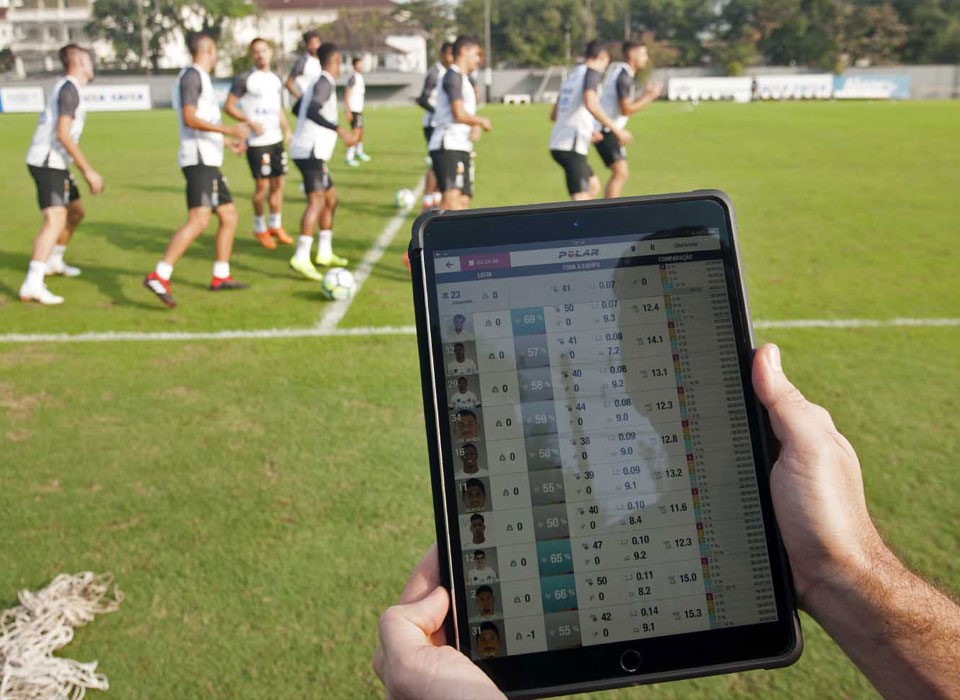In the ever-evolving world of sports and fitness, the role of data has become more critical than ever. No longer reserved for elite professionals, performance analytics is now accessible to athletes of all levels, offering invaluable insights that can transform training, reduce risk, and accelerate progress.
From real-time performance tracking to long-term progress monitoring, performance analytics empowers athletes to make informed decisions, refine their routines, and push their limits with clarity. In this blog, we’ll explore the top three reasons every athlete—regardless of their experience—should integrate performance analytics into their training journey.
1. Precision Training: Optimize Every Session
One of the most impactful benefits of performance analytics is the ability to optimize training based on real data, not guesswork. Athletes often rely on how they “feel” to measure their performance, which can be subjective and inconsistent. With performance analytics, subjective feedback is replaced by accurate, quantifiable insights.
Whether you're monitoring heart rate, speed, endurance, strength output, or recovery times, having measurable data helps athletes pinpoint what’s working and what needs adjustment. This creates a feedback loop where training can be tailored to target specific weaknesses and build on existing strengths.
For example, a sprinter can analyze split times to identify phases in a race where they lose speed, while a tennis player can track serve accuracy and reaction times over several matches. These insights enable micro-adjustments in technique and conditioning, turning good athletes into great ones.
Moreover, athletes using wearable devices, GPS trackers, or integrated sports platforms benefit from automated tracking, eliminating the need for manual logs and reducing the chance of errors or overlooked trends.
2. Injury Prevention: Train Smarter, Not Harder
Overtraining, fatigue, and poor form are among the most common reasons athletes get injured. These risks often go unnoticed until it's too late. Performance analytics plays a crucial role in identifying early warning signs that may lead to injury.
By continuously tracking physiological markers such as muscle fatigue, joint impact, or heart rate variability, athletes can detect patterns that indicate excessive strain or insufficient recovery. With this data, training loads can be managed more effectively, and recovery protocols can be improved.
For instance, a long-distance runner may notice decreasing stride length and increased heart rate despite maintaining the same pace. These subtle changes could signal overtraining or fatigue, prompting the athlete to rest before it develops into a more serious issue. Similarly, performance analytics in strength training can highlight imbalances in left/right body movements, helping correct form and reduce the likelihood of joint injuries.
Injury prevention not only safeguards the athlete’s health but also ensures long-term performance consistency. Avoiding unnecessary downtime allows athletes to stay on track with their goals and progress with confidence.
3. Faster Improvement: Stay Motivated and Goal-Oriented
Improvement in sports is often a gradual process, and without tangible results, it can be easy to lose motivation. This is where performance analytics excels—it provides clear milestones and progress markers that keep athletes focused and encouraged.
When athletes can see their performance metrics trending upward—whether it’s running a faster mile, lifting heavier weights, or achieving a higher accuracy score—it builds momentum and boosts morale. Even on difficult training days, knowing that small improvements are being made helps maintain a positive mindset and a sense of purpose.
Additionally, performance analytics supports goal-setting and personalization. Athletes can set SMART goals (Specific, Measurable, Achievable, Relevant, and Time-bound) and monitor how closely they are progressing toward them. This creates accountability and promotes strategic planning over random effort.
Platforms that integrate performance analytics often allow athletes to compare current stats with past records, analyze season-long performance curves, and adjust goals based on evolving capability. This creates a continuous improvement cycle, where data fuels motivation and motivation drives performance.
In competitive sports, even a one-percent improvement can be the difference between winning and losing. With performance analytics, those marginal gains become easier to identify and achieve.
Final Thoughts
In today’s performance-driven environment, relying solely on instinct or traditional training methods is no longer sufficient. Performance analytics has become a game-changer for athletes who want to gain an edge, avoid setbacks, and reach their full potential.
By embracing data, athletes gain access to a personalized roadmap for success. They’re no longer training in the dark but are guided by precise insights that lead to smarter decisions, safer routines, and stronger outcomes.
Whether you're a professional athlete, a college player, or someone pursuing personal fitness goals, the time to harness the power of performance analytics is now. The future of athletic performance is not just physical—it’s data-driven.





Leave a reply